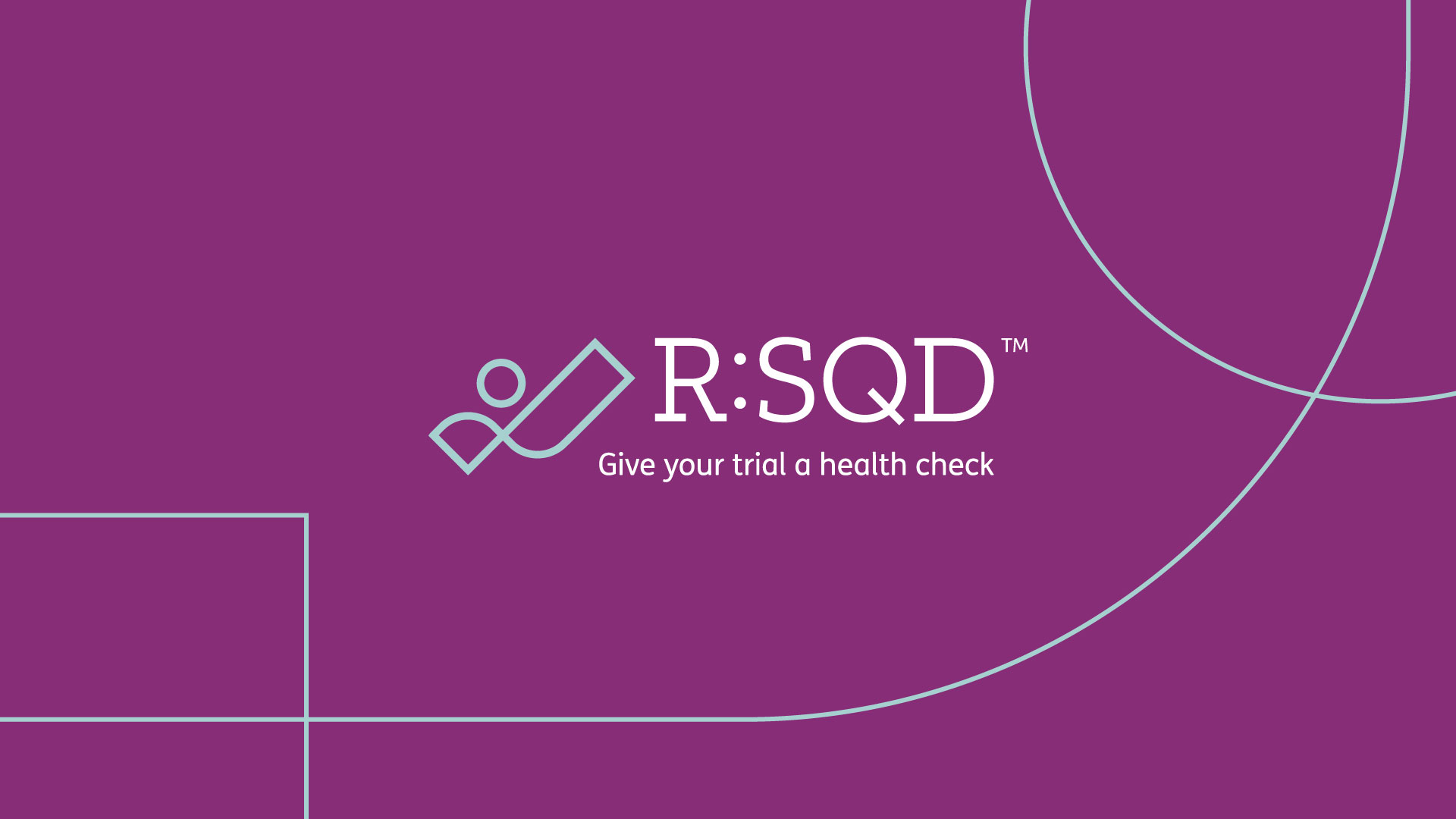Empowering study participants and bridging the gap: education and communication about side effects

The role of education in side effect management
In clinical trials, education goes beyond compliance. It empowers participants to recognise, manage, and report side effects with confidence. Every reported symptom, however small, strengthens safety data and care quality. Education also helps promote trust by reinforcing that participants’ concerns are always valid.
In oncology trials, where regimens are complex and emotionally demanding, tailored education may aid earlier reporting and lower discontinuation, while communication aids may reduce anxiety and improve comprehension. This is mirrored beyond oncology, where structured education has been shown to improve adherence in cardiovascular and metabolic trials. Structured education strategies such as learning and coping enhance adherence to cardiac rehabilitation in hospital, while patient-centred approaches sustain engagement across chronic conditions, including coronary artery disease, diabetes, chronic kidney disease, and respiratory illnesses such as COPD and asthma.
These examples demonstrate that education is not a one-size-fits-all intervention but a flexible tool that, when aligned with the needs of diverse audiences, consistently improves participant engagement and trial outcomes. Crucially, education must address both participants and site staff, empowering participants to recognise and report side effects, while equipping HCPs to listen, respond, and reinforce this knowledge.
Practical education strategies
Education enhances self-efficacy and strengthens reporting accuracy. To have real impact, it must be layered, reinforced, and engaging.
Participants benefit most when information is delivered in multiple formats, each offering distinct value. Leaflets provide take-home materials that participants can reflect on in their own time, while videos simplify complex concepts through clear visuals, making information easier to absorb. Digital tools, such as apps or portals, can enhance learning by offering reminders and credible resources between visits, and verbal discussions create space for questions and clarification, ensuring participants feel heard and supported. Visual aids such as charts or pictograms may further enrich discussions and improve recall and accessibility in diverse, global trials.
Equally, sites need structured support. Checklists and simple visual prompts may help site staff feel more confident in guiding side-effect discussions, ensuring consistency across visits and helping participants process complex health information. Consent and education can also be approached as an ongoing dialogue, revisited at key milestones and supported by digital prompts such as SMS reminders, remote monitoring apps, and real-time symptom diaries. Finally, caregiver involvement provides additional reassurance by supporting communication, logistics, and side-effect monitoring, strengthening engagement across trials.
Enhancing HCP communication: building trust and collaboration
“You’re not alone in how you feel”: Empathy and validation can enhance this dynamic by acknowledging participants’ concerns. When combined with plain-language explanations, they strengthen comprehension across literacy levels. Furthermore, setting realistic expectations prevents disappointment and supports adherence. Practical techniques such as open-ended questions and the teach-back method enable HCPs to turn education into meaningful action.
Embedding these behaviours requires structured soft skills training in empathy, active listening, and clear communication. To maximise the impact of clinical trials, this training could be integrated into protocol education and as part of the onboarding and continuous development of site staff and HCPs. By equipping teams with these skills, sponsors can strengthen symptom reporting, increase adherence, and enhance retention.
Towards stronger, more human-centred trials
Together, empathy, education, and communication can transform how side effects are managed. Participants who feel informed and supported will be more engaged, adherent, and open in reporting. By embedding these principles, sponsors can lead the way in building human-centred trials that facilitate greater retention and generate richer, more reliable safety data.
The side-effect disconnect doesn’t have to be inevitable. If this challenge feels familiar, we’d love to explore how we can help you bridge the gap between HCPs and patients and turn silence into shared understanding.
Further reading
Basch E, et al. JAMA. 2017;318(2):197–198.
Blackstone E, et al. Support Care Cancer. 2025;33:464.
Contreras-Vergara A, et al. Patient Prefer Adherence. 2022;5;16:1999–2007.
Epstein R, et al. Ann Fam Med. 2011;9(2):100–3.
Fallowfield L, et al. Psychooncology. 2012;21(8):827–835.
Galmarini E, et al. BMC Health Serv Res. 2024;11;24(1):718.
Mahalo Health (2024). Available here. (Accessed September 2025).
Mohebi S, et al. BMC Research Notes. 2025;10;18(1):105.
Pedersen C, et al. BMC Cardiovasc Disord. 2022;22,364.
UK Research and Innovation (2024). Available here. (Accessed September 2025).
Warde F, et al. Can Med Educ J. 2018;31;9(2):e52–e59.
Wilson E, et al. JAMA Netw Open. 2021;4(7):e2118536.
Wylde V, et al. Trials. 2024; 25(1):624.



.png)
.png)






